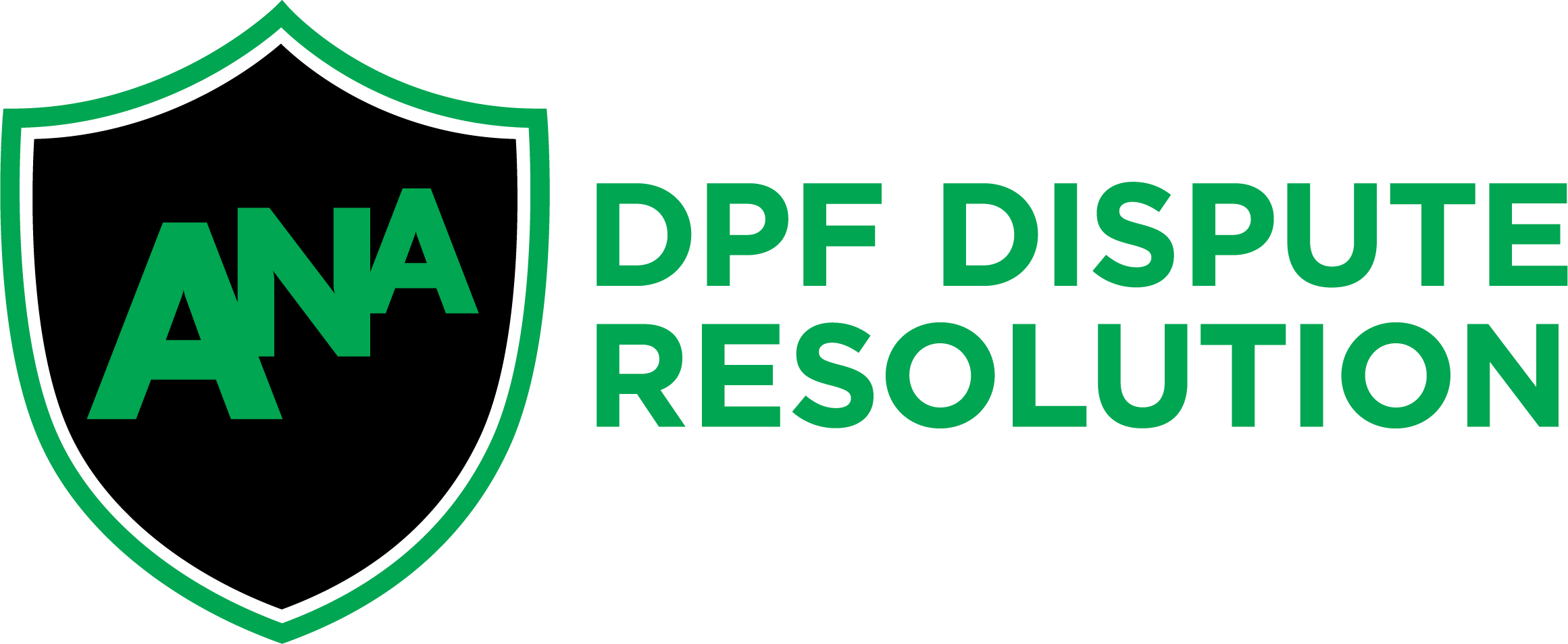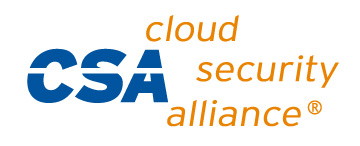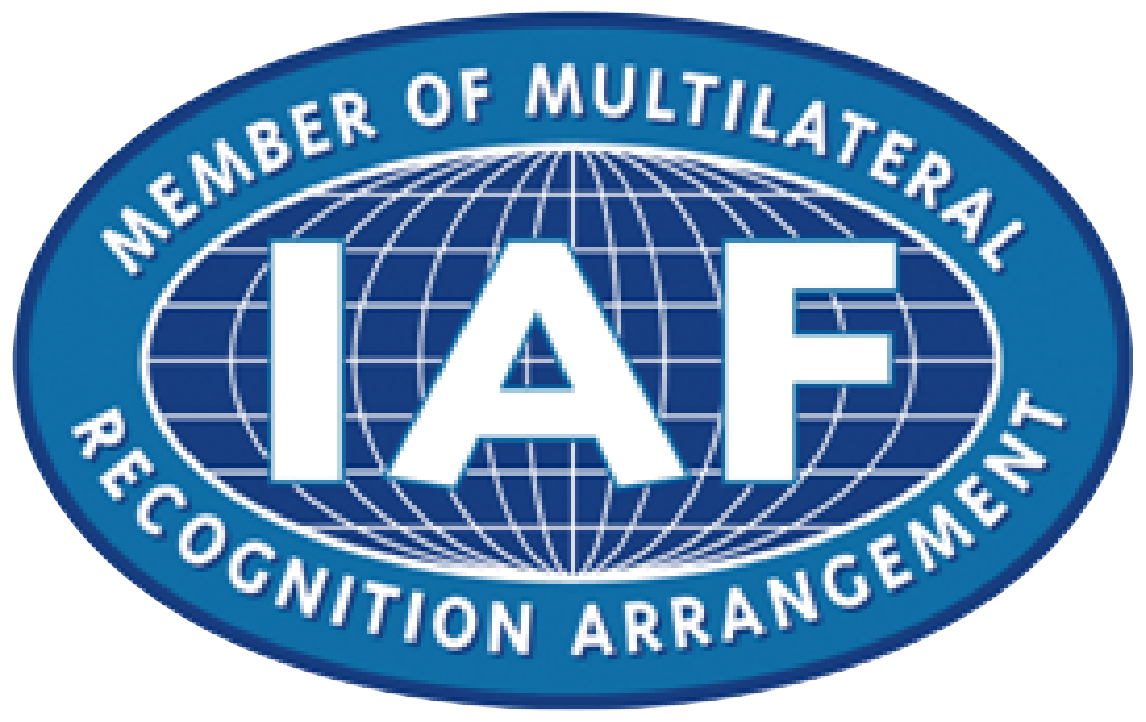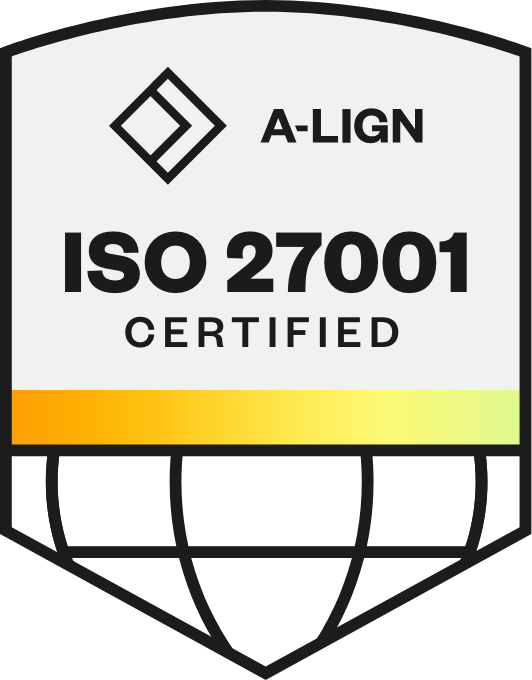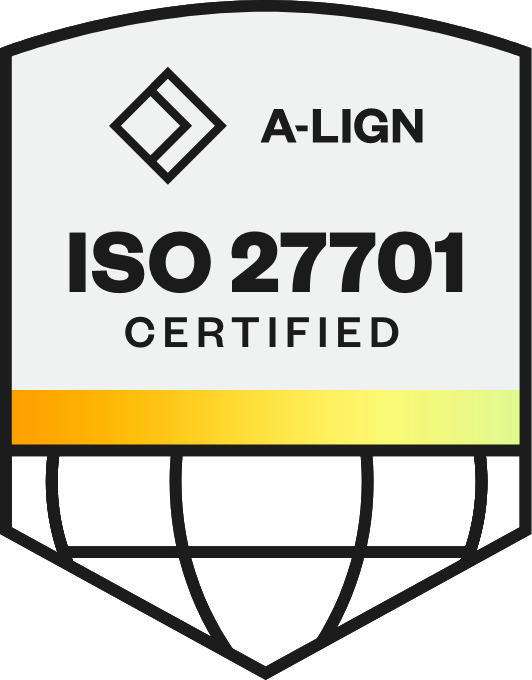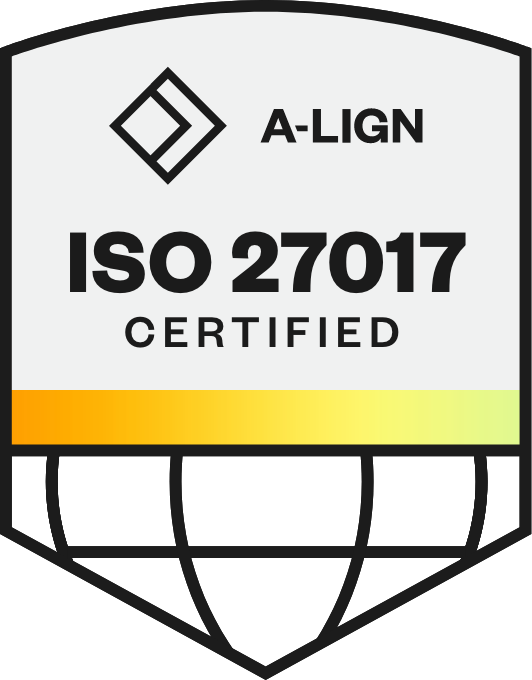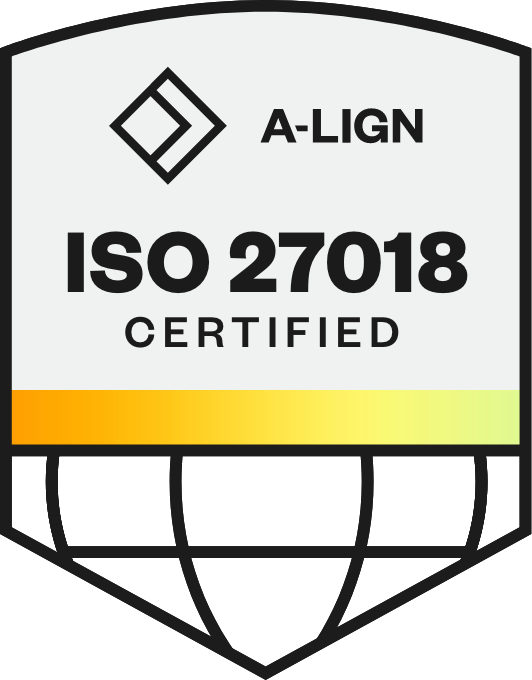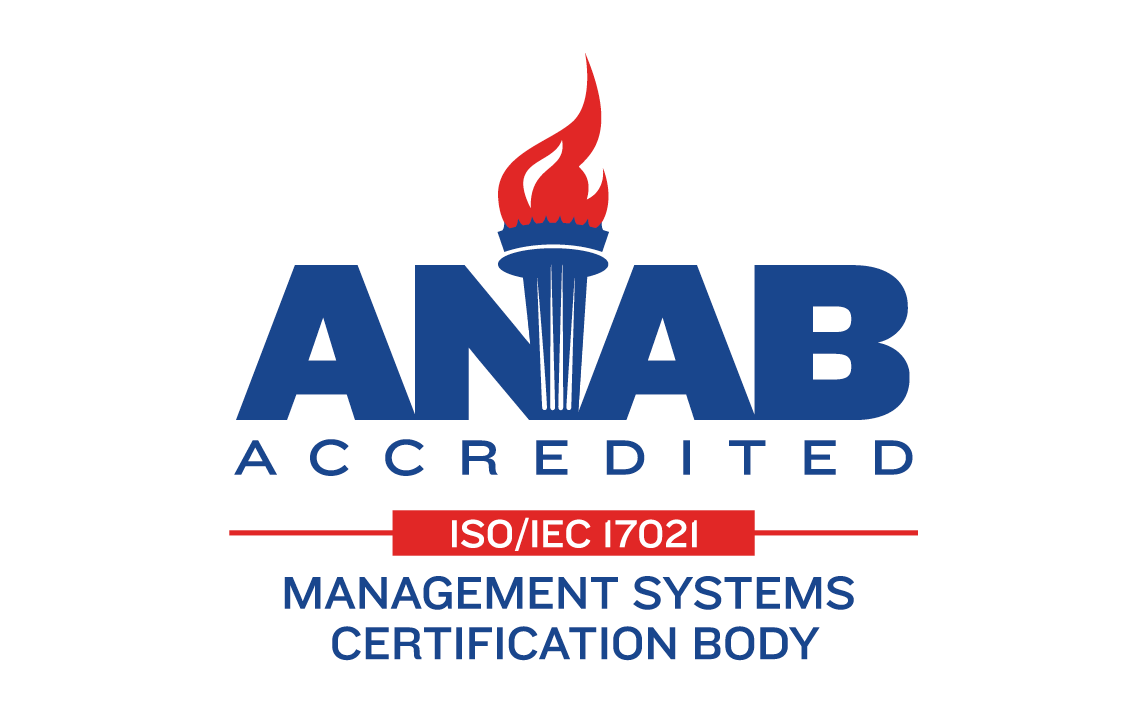
From Strategy to Success with Automation: Lessons from Bright Horizons
During a recent conference session, Phenom's VP of Strategy Lindsay Mareau sat down with Bright Horizons to explore how this innovative organization is tackling some of HR's most pressing challenges through automation.
While many organizations remain stuck in the ideation phase, paralyzed by the complexity of today's talent landscape, Bright Horizons has moved beyond planning to implementation — and is seeing compelling results. Their story provides a roadmap for organizations looking to transform their approach to talent acquisition.
Read on for the highlights!
Why Action Beats Perfect When It Comes To HR Tech
"HR leaders are faced with not just one but a variety of complex challenges at any point in time," Mareau noted, setting the stage for an in-depth discussion. "While HR technologies are evolving faster than ever, HR leaders must solve the same challenges in multiple ways to support different types of work and various personas across the business," she explained.

This complexity often leads to analysis paralysis, with organizations spending too much time in the planning phase while falling behind faster-moving competitors. But today, the cost of waiting can be steep. So what does it actually look like to move from planning to action?
Enter Stephanie Worley, VP of Talent Acquisition at Bright Horizons. She shared how her organization is tackling high-volume hiring in a competitive industry.
Solving the Childcare Crisis: Bright Horizons Takes on High-Volume Hiring
For Bright Horizons, the challenge was clear: they needed to hire qualified childcare professionals quickly in an incredibly competitive market. But with varying state-level requirements and an antiquated recruiting process, they were losing candidates to faster-moving competitors. "We focused on identifying where automation could have the biggest impact, which led us to transform our screening, scheduling, and interview processes," Worley explained.
The situation before automation:
Manual recruiting processes
Limited visibility into candidate progress
Complex state-by-state licensing requirements
High candidate drop-off rates
Week-long delays in candidate response times
To make progress, "We started with the basics, knowing it wouldn't be perfect,” Worley shared. “The key was to take action rather than wait for perfection.” This pragmatic approach led Bright Horizons to automate key parts of their hiring process using Phenom. In particular, Phenom’s High-Volume Hiring solution has been instrumental in accomplishing their goals, including:
AI-driven screening aligned with state-specific requirements
Self-service interview scheduling
Fast-tracked processes for alumni and referrals
Automated talent community engagement
The impact of these changes quickly became apparent:

What once took days now happens in minutes, with the time from lead capture to scheduling dropping to just 3.1 minutes. Time to fill decreased by 25% in the first year alone — with projections showing an additional 20% reduction this year. The team also saw impressive conversion rates as candidates moved seamlessly from chatbot interactions into their talent community.
But perhaps more importantly, Bright Horizons has built a foundation for continuous improvement. These initial successes have become stepping stones for even more sophisticated automation strategies, allowing the organization to stay ahead in an increasingly competitive talent landscape.
The Technology Factor & The Power of Iteration
Worley emphasized that technology isn't just about automation — it's about enabling new approaches to talent acquisition and management — and their success highlights the importance of:
Unified data and systems
AI-powered matching and recommendations
Automated but personalized candidate and employee experiences
Real-time analytics and insights
"But you can't just throw tech at your workforce," Mareau pointed out. "Organizations that start with understanding the work have higher producing outcomes than those who just dive in with tech."
For Bright Horizons, the initial implementation was just the beginning. "Now we're building workflows with the Automation Engine that are specific to our localities," Worley shared. "We're not just using it for high-volume hiring anymore — we're applying these tools to manage high volumes of applicants across all our roles."
The Bottom Line
As organizations continue to evolve their approach to talent, several key themes emerged:
Speed matters: The ability to move quickly is becoming a crucial competitive advantage in talent acquisition
Technology enables transformation: The right technology platform can accelerate change and improve experiences
Iteration is key: Success comes through continuous improvement, not perfect first attempts
The experience of Bright Horizons demonstrates that while the challenges facing HR leaders are complex, they're not insurmountable. The key is taking action, choosing the right technology partners, and being willing to learn and adapt along the way.
"Don't be afraid to be a beta tester,” shared Worley. “Have those conversations with your partner, take action, and know that you'll learn and iterate from your experiences along the way."
"The first action we all know is not the last action, and you're going to learn a lot along the way," Mareau concluded. It's a fitting reminder that in today's rapidly evolving talent landscape, the biggest risk might be not taking any risk at all.
To get started, book your Automation Conversation now!
Get the latest talent experience insights delivered to your inbox.
Sign up to the Phenom email list for weekly updates!



